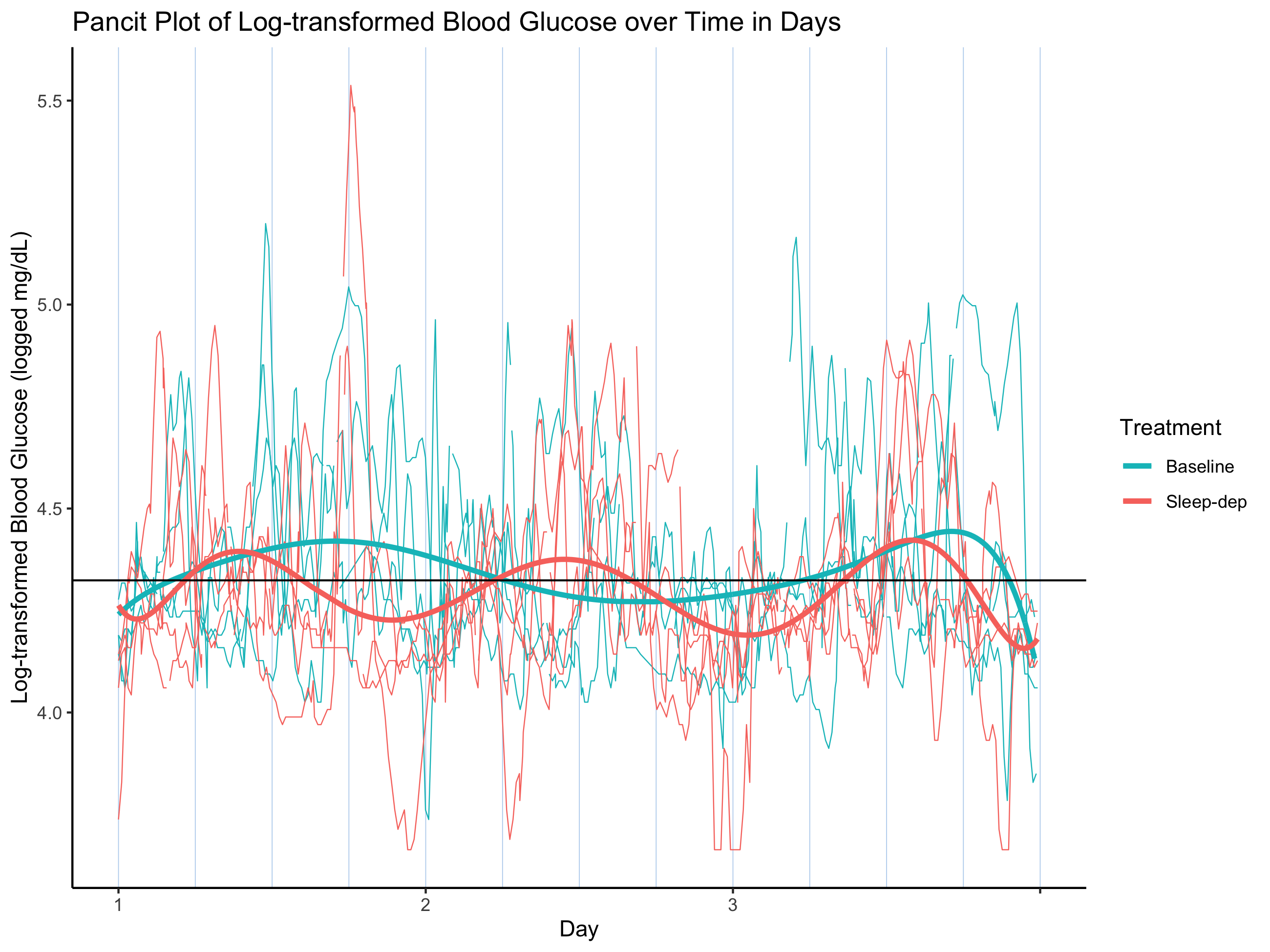MISSION: To promote the expanded use of n-of-1 trials, single-case designs, switchback experiments, and other individual-focused (personalized/precision) statistical approaches in health and medicine.
VISION: Stats-of-1 will unite and synergize idiographic data collection and analysis procedures across health disciplines. We call this united statistical field esametry.
Esametry (Daza, Matias, and Schneider, 2025) (pronounced “ee-sa-met-ree”) is derived from isa (pronounced “ee-SA”), the Tagalog Filipino word for “one”. For more on how we derived this term, see this post. These approaches can truly personalize health insights, diagnosis, and treatment in a way traditional clinical and biomedical statistics—and even many precision medicine, machine learning, and AI approaches—fundamentally cannot. (Recent exceptions might be personalized, democratized AI approaches like person-specific fine-tuning or RAG.)
To achieve our Mission, we facilitate cross-disciplinary collaboration through blog posts, podcast episodes, and sharing resources. At Stats-of-1, esametrically inclined professionals publicize their work in order to both promote its wider applications by educating the general public, and to connect with each other.
To do this, we cover high-level topics intended for general and technical audiences (up to 1st- or 2nd-year masters students) covering:
- Applications: Health investigators are encouraged to share their experiences in designing studies and analyzing data. This will help methodologists hone in on the techniques needed in applications of greatest interest.
- Theory: Statistics and biostatistics, psychology/behavior change, psychometrics, data science, machine learning, artificial intelligence, bioinformatics, and bioengineering methodologists are encouraged to share their ideas for building or adapting techniques that meet the needs of digital health investigators (e.g., personalized medicine across medical disciplines, health behavior psychologists and clinicians, chronic disease researchers, n-of-1 trialists, self-trackers, self-researchers).
Quantitative health philosophers, ethicists, anthropologists, and others so inclined are also most welcome to contribute! Over time, we hope these conversations will help define the field of esametry, and thereby foster sustained development of this field of digital quantitative idiography.
Definition
Esametry is the application of statistics to a single person, individual, or unit (Daza, Matias, and Schneider, 2025). Think of how econometrics, psychometrics, and biostatistics are the respective applications of statistics to economics, psychological measurement, and clinical trials and population health. Esametry is the collective set of quantitative idiography (i.e., individualized/personalized) approaches—the latter being a term coined in 2013 by Dr. Yuichi Shoda and others—particularly for digital health. The goal of esametry is to infer true average relationships across time for a “population-of-one” (Daza, 2018).
Background
An n-of-1, single-case or single-subject study, or switchback experiment is an idiographic, within-individual study of one person’s recurrent characteristics and patterns under various exposure or treatment conditions. These exposure periods make up repeating intervals that can be accurately described as a set of partitioned time series of variables (e.g., outcomes and predictors). The core idea is that there are stable periodic or cyclic patterns that are predictable.
The study can be observational or experimental. In the biomedical and clinical literature, a common example of the latter is an n-of-1 trial, also called an n-of-1 clinical trial or n-of-1 randomized controlled trial. In the health psychology, education, and behavior literature on idiographic approaches, a common example is a single-case or single-subject experimental design (SCED). In the business and finance literature, a common example is a switchback experiment. In clinical trials and studies, n-of-1 thinking exemplifies a patient-centered approach in defining outcomes and endpoints.
At Stats-of-1, we refer to both of these experimental studies—as well as their observational counterparts—as types of within-individual statistical designs or methods. They are a subset of quantitative idiographic approaches that also include functional data analysis and applications of artificial intelligence.
Esametry is:
- Grounded in biostatistics and causal inference, but spans many domains of statistics and quantitative psychology. Biostatistics domains include missing data, longitudinal analysis, functional data analysis, accelerometry, machine learning, series-of-n-of-1 analysis, and meta-analysis. Quantitative psychology domains include SCED effect sizes, multiple baseline designs, masked visual analysis, and randomization tests. However, the unifying strand that defines this field is its focus on intra-individual cyclic patterns.
- Related to periodic pattern analysis or similarity search. However, these are engineering techniques aimed at assessing similarity between multiple time series or their partitions (i.e., they do not focus on statistical estimation and inference). This aspect of esametry is perhaps more closely aligned with the statistics field of functional data analysis.
- Most useful when the patterns of association or causal mechanisms of interest are known or suspected to be highly specific to each individual. That is, esametric methods should be used when average associations or mechanisms across individuals are ill-defined or do not exist.
- Focused on human individuals for now. However, esametry may eventually be extended past this initial scope. Specifically, a more abstract “individual” might be expanded in the future to refer to an athlete, audience member, shopper, body part, animal, vehicle, sports team, organization, political party, institution, country, geographic region, financial instrument, recurrent group behavior, geologic phenomenon, etc.
Example

Here is an example of an esametric plot called a pancit plot (Daza, 2019; Daza, Wac, and Oppezzo, 2020), pronounced “pun-SEAT”—a “longitudinal” graph of a single person’s outcome trajectories per exposure period, drawn by overlaying each per-period trajectory over all periods of measurement. (Think of one long, meandering noodle, that is then chopped up and layered.) This plot of different outcome trajectories under different exposures is directly analogous to a spaghetti plot of different individuals under different exposures in a longitudinal study. It can aid within-person functional data analysis.
- Blog (Stats-of-1): 1+ posts per quarter
- Podcast (N-of-5 Minutes): 1+ episodes per quarter
I am large, I contain multitudes.
But what is contemporary technology if not a mechanism for the containment of multitudes?
A self that goes on changing is a self that goes on living.
Even if one is a single-case researcher, it shouldn’t imply that one is a lonely researcher.
